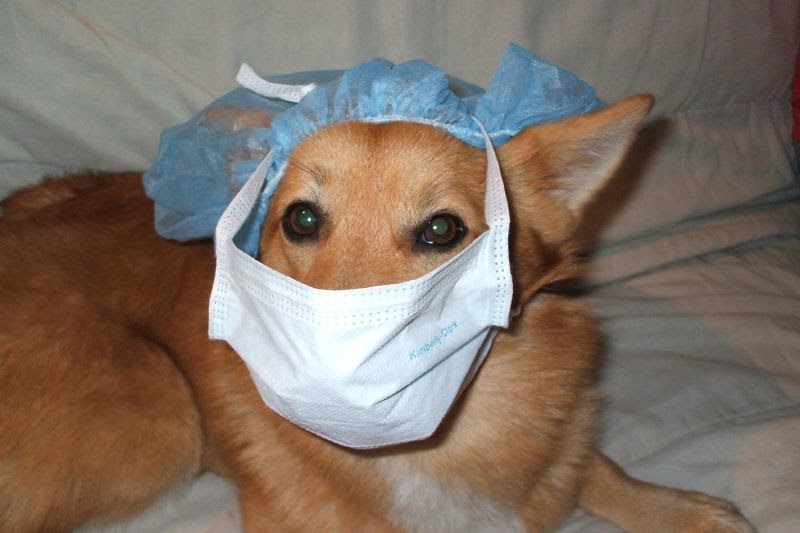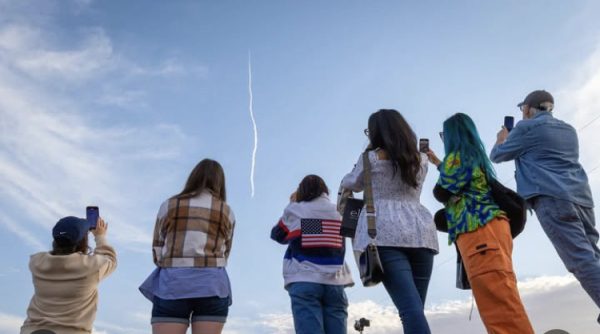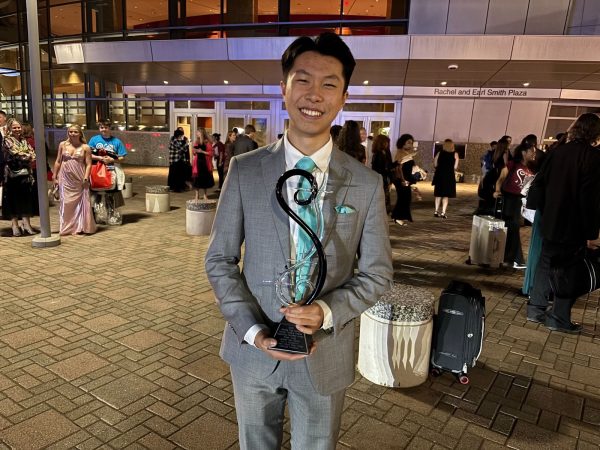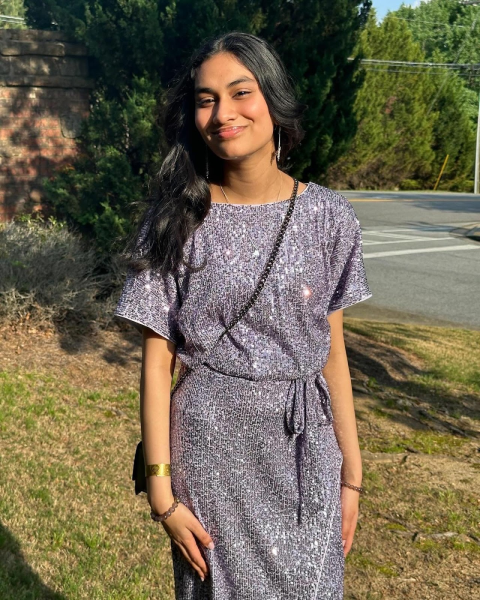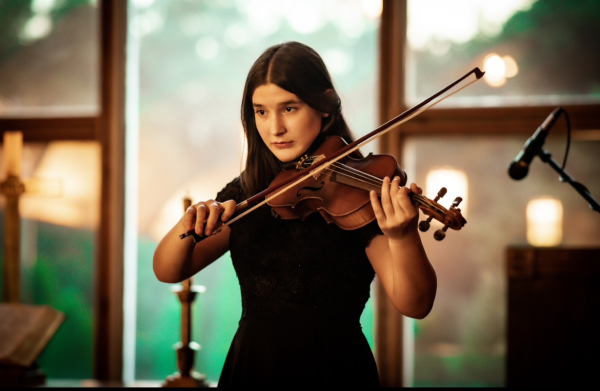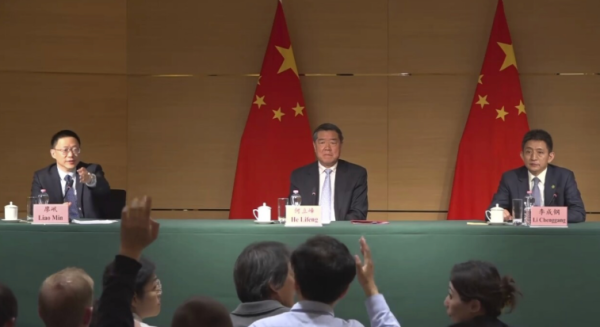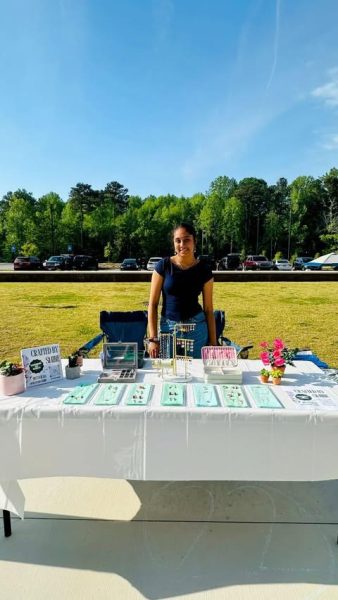Uncovering Mask Myths
Between all of the misinformation and debates over face masks, one thing hasn’t changed: the uncertainty about what lies ahead with this virus, but we need to fight Covid now before it gets any worse.
According to Our World in Data, the US currently has the highest amount of confirmed COVID-19 deaths with over 240,000 people.
COVID-19 is a very real and deadly virus that is not worth risking your life for. Wearing masks won’t make this virus immediately disappear, however, it will get us out of this pandemic sooner due to the mask’s ability to prevent the spread. When those numbers lower, we can finally keep the virus contained. Here are some of the myths/sayings people like to use to try and get out of wearing a mask:
- “I don’t feel sick.”
Even if you don’t show/feel any symptoms, a wide variety of people with COVID-19 lack any signs of illness, so you could be asymptomatic. Furthermore, refusing to wear a mask would only be counterproductive because it puts you in quarantine, your friends, and family at risk, and adds to the overall U.S. COVID-19 cases which increases how long this pandemic lasts.
- “Masks don’t do anything.”
Masks can reduce the respiratory droplets released into the air by people infected with COVID19, and they also reduce the risk of exposure. Due to the possibility of being asymptomatic, you might not know if you have Coronavirus or not, so it’s extremely important to wear a mask just in case. Even if you test negative, you still need to wear one because it adds to your protection. Because wearing a mask results in fewer people contracting the virus, the cases would decrease, and the sooner this would be over. By clicking here, you can read about the protection that masks have to offer, how different types work, and how to wear one.
- “Masks restrict me from breathing oxygen.”
Masks are very breathable, and carbon dioxide can flow freely through your mask; health care providers can wear layers and layers of masks and be able to breathe just fine.
- “I can wear a snood (a neck fleece) or a bandana as a mask.”
According to the Huffington Post, “The results, published in the Journal Science Advances, suggest while some masks do little to stop droplets spreading, fleece neck coverings (when pulled up to the face) increase the number of droplets spread to 110% (compared to the 100% control).” Also, a bandana isn’t completely secure around your face causing it to be ineffective. It is recommended for those who are not health care providers to wear a disposable surgical mask or a washable cotton mask.
Wearing a mask correctly is also extremely important, so be sure to cover your nose and chin while also making sure there aren’t gaps on the sides of your mask.
COVID-19 is a virus that has killed hundreds of thousands of people; this is not the Flu, a cold, or a political statement, so people need to stop taking this lightly and think about the safety of others. Those who refuse to wear a mask and social distance are only being counterproductive because they are adding to the amount of time we are in the pandemic. If we are diligent in making sure to wear our masks while outside of our homes and being socially distanced, we will then allow for the pandemic to go by a lot faster.
Your donation will help support The Lambert Post, Lambert High Schools student-run newspaper! Your contribution will allow us to purchase equipment and cover website hosting costs.



